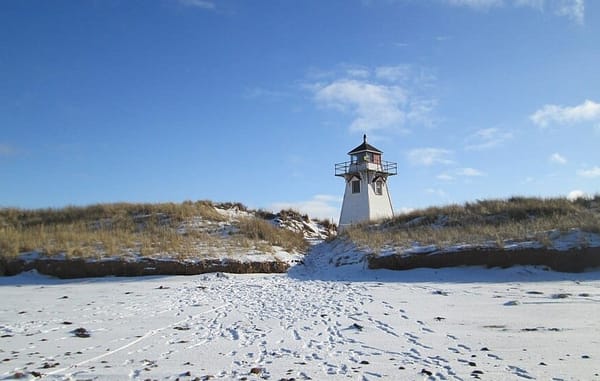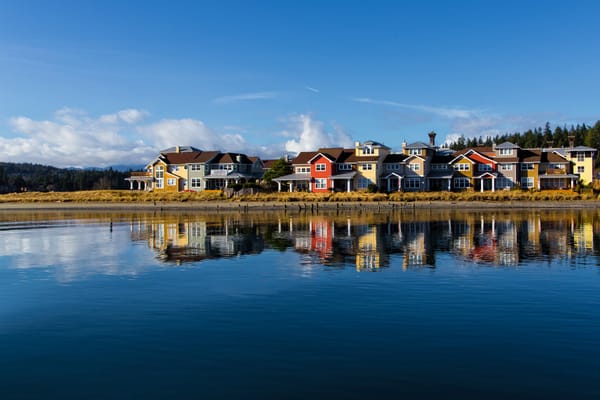Adventures in Boating: The Bahamas-Cuba Loop
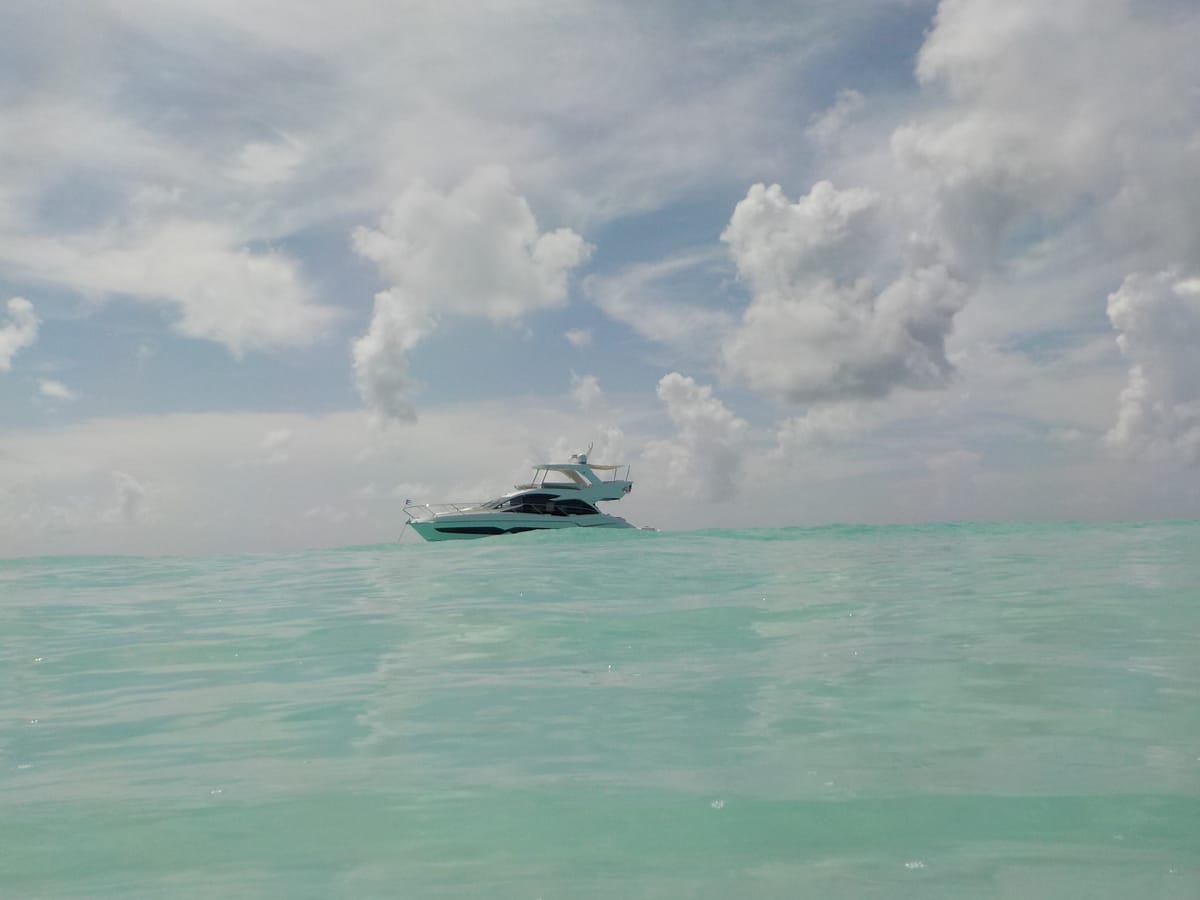
Every year hundreds of boaters leave U.S. waters in search of the tropical waves, stunning sunsets and friendly locals of the Bahamas. Add in palm trees, mojitos and daiquiris, colonial architecture and diving, snorkeling and swimming among shipwrecks and underwater statues, and you’ve got the setting for a great adventure.
The Bahamas-Cuba Loop is approximately 1,200 miles long and, for the sake of argument, we’ll say it begins and ends in Miami (though you could technically start and end wherever you please). If you’re anxious to get out on the water, but don’t want to commit to the more well-known Great Loop excursion (which is approximately 6,000 miles and takes boaters through 15 states and two Canadian provinces) just yet, the Cuba-Bahamas Loop is an excellent introduction to long-term sailing as it allows you to get some skills and experience under your belt.
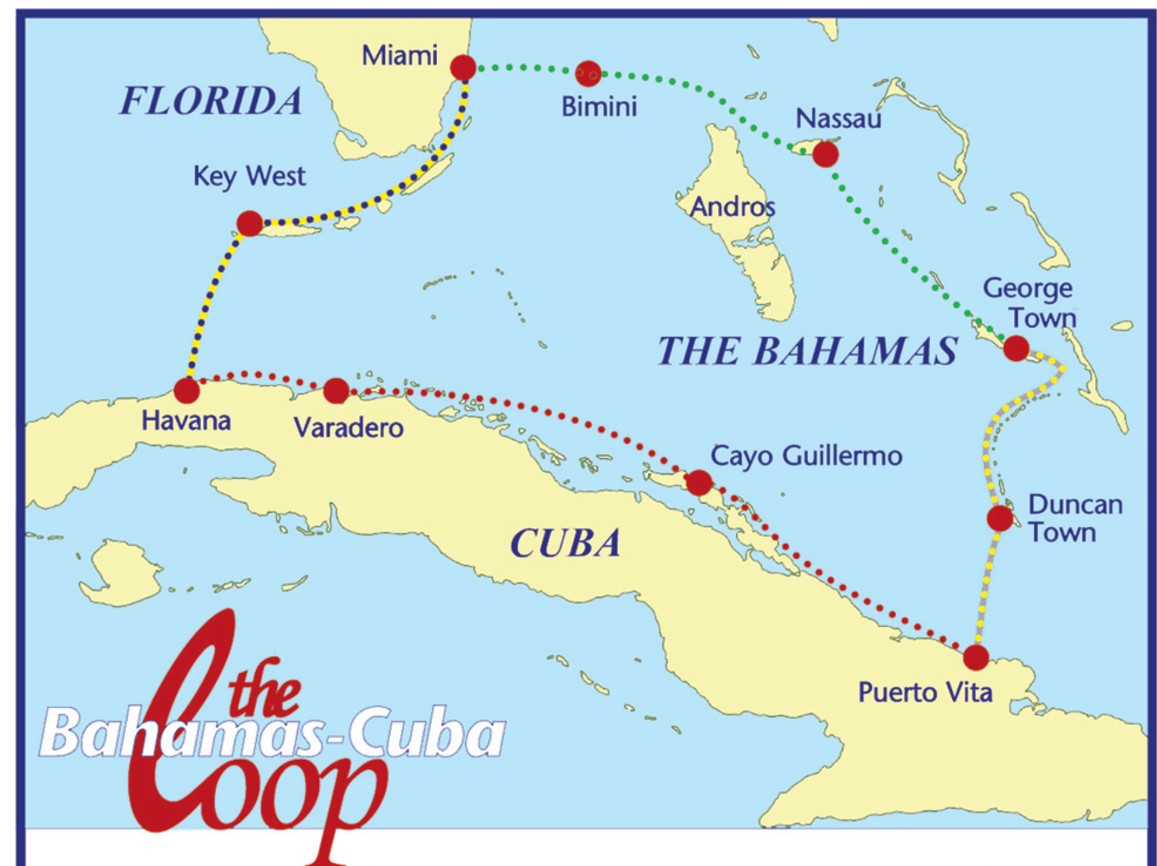
Boaters travel this loop in sailboats, trawlers and cuddy cabins. Regardless of the type of boat you have, you’ll want something comfortable enough to use as a liveaboard for extended cruising. If you’re sailing from Florida to the Bahamas by boat, there are a couple of inlets to leave out of (whether you’re trailering a boat or leaving from a private boat slip for rent) in the Miami/Fort Lauderdale area: Port Everglades, Haulover Inlet or the Port of Miami.
Bahamas-Cuba Boating Loop
This is a simplified itinerary to get a general idea of mileage and islands along the way.
- Leg 1: Miami to George Town (295 nautical miles)
- Leg 2: George Town to Puerto Vita (196 nm)
- Leg 3: Puerto Vita to Havana (454 nm)
- Leg 4: Havana to Miami (263 nm)
Leaving from a South Florida boat dock for rent, boaters cross the Gulf Stream to Bimini, Bahamas and then on to Nassau on New Providence Island. Next up is George Town on Great Exuma and then Duncan Town on Ragged Island. From Ragged Island, head on to Cuba where you’ll visit Puerto Vita, Cayo Guillermo, Varadero and then Havana. Finally, set your course to Key West and back to Miami. Of course, you can make any changes or extra stopovers you like along the way.
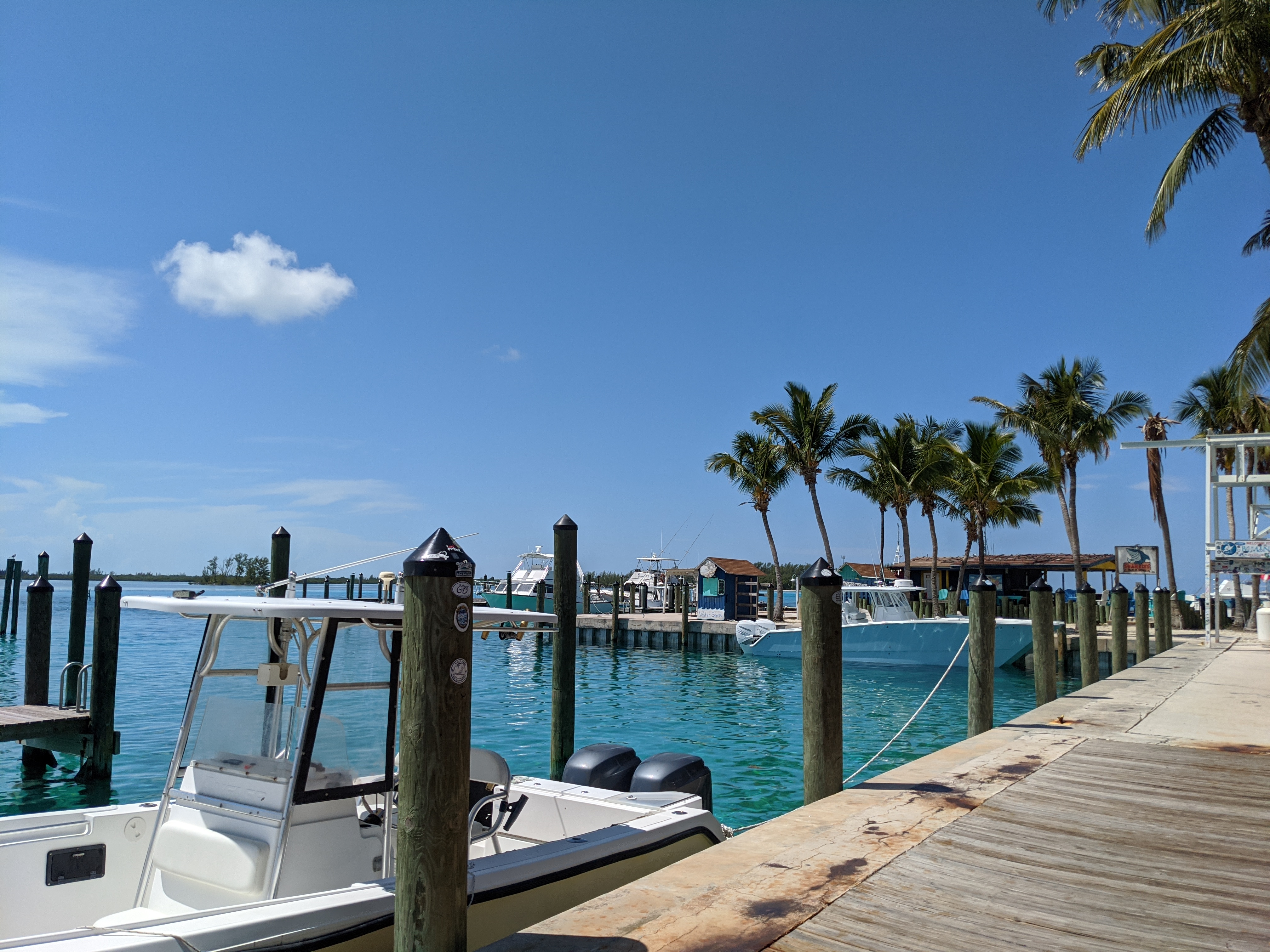
Photo: Big Game Club, Bimini (Sandy Allen)
If you’re planning to travel from Florida to the Bahamas by boat, there are a variety of things you need to know ahead of time, paperwork such as travel visas and passports are required as well as vaccination and testing information related to COVID. You will have to check into Customs and Immigration when traveling by boat to the Bahamas, so it’s imperative that you plot your course ahead of time so that you know where the customs offices are. Less stress equals more fun on the water.
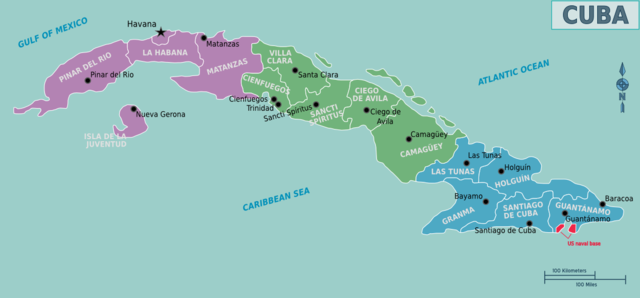
One of the biggest issues with the Cuba-Bahamas Loop, though, is Cuba. While international relations with Cuba have improved in recent years, there are a lot of regulations and restrictions involved when it comes to sailing into Cuban waters and visiting the island. If you choose, you can still accomplish the Bahamas portion of the excursion. Once you make it to Duncan Town on Ragged Island, simply sail northwest to Andros and then back to the Florida Keys.
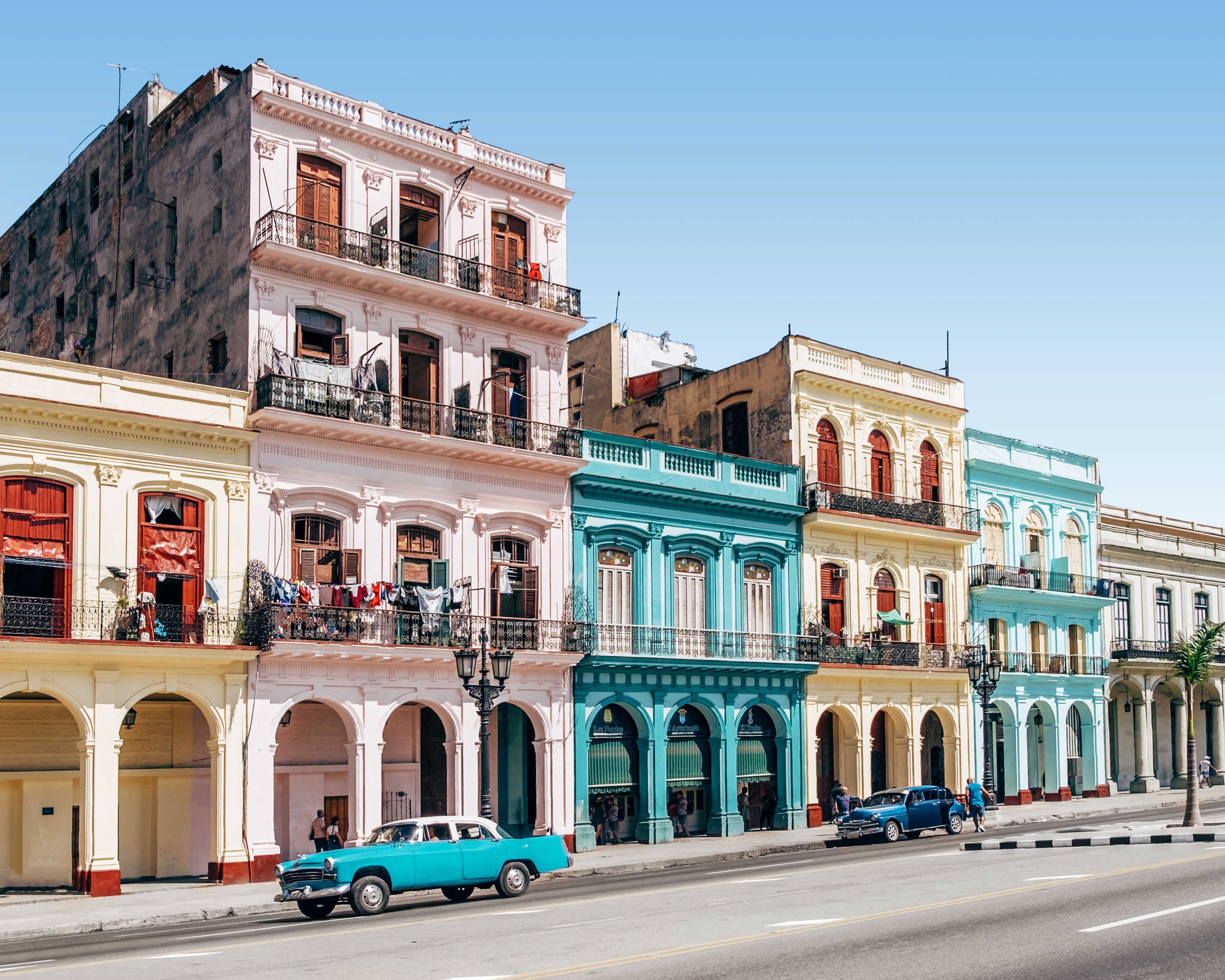
Photo: Havana, Cuba (via Unsplash/Spencer Everett)
Sites Along the Bahamas-Cuba Loop
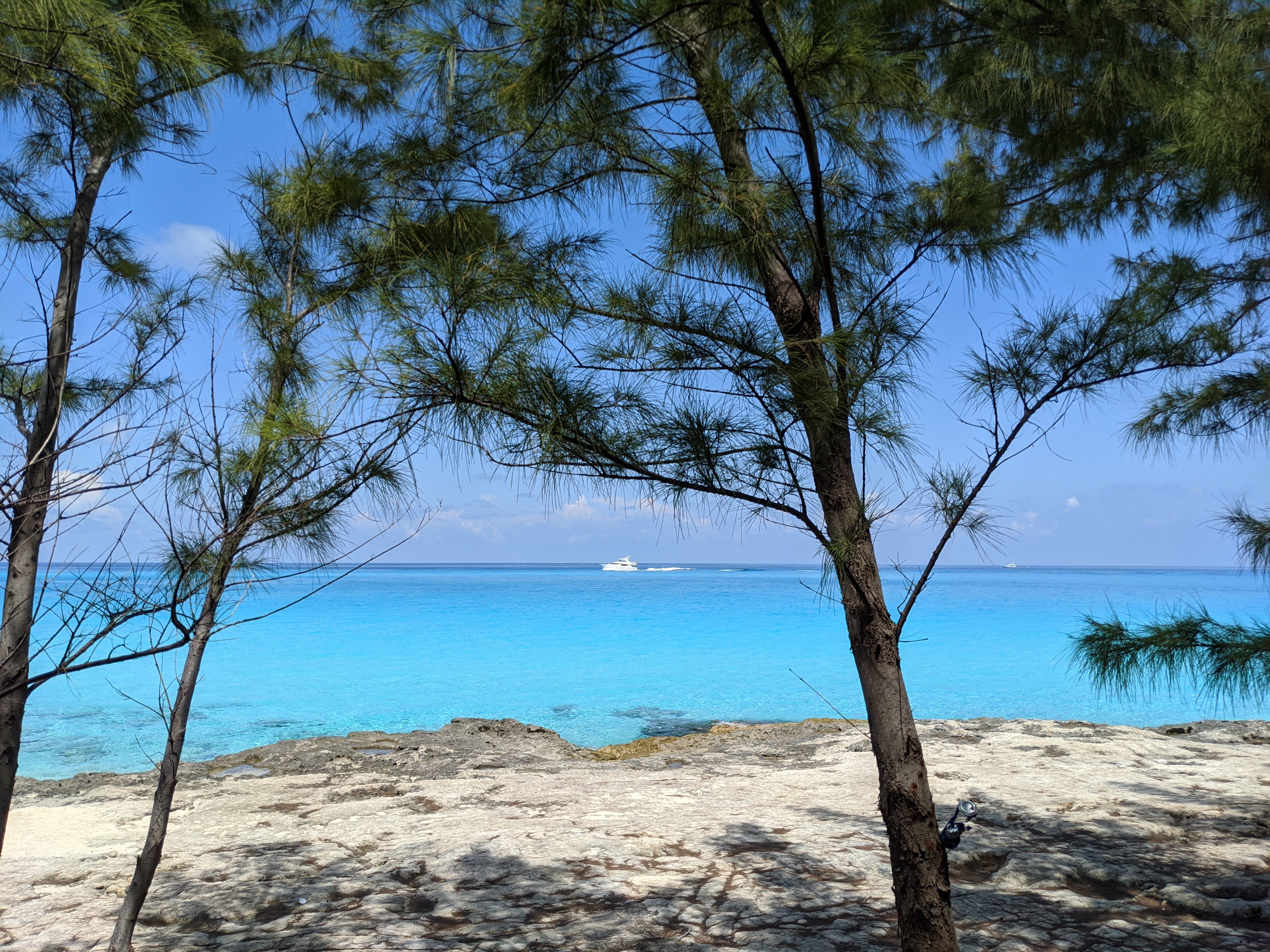
Bimini
- Dolphin House art museum
- Snorkeling at the SS Sapona shipwreck
- Bimini Wall underwater rock formations
- Fountain of Youth
Nassau (New Providence Island)
- Atlantis Resort Hotel
- Ardastra Gardens & Wildlife Conservation Centre
- National Art Gallery of the Bahamas
- Dolphin Encounter on Blue Lagoon Island
George Town (Great Exuma Island)
- Swimming pigs on White Bay Cay
- Tropic of Cancer Beach
- Norman’s Cay
Duncan Town (Ragged Island)
- Small and remote
- Beaches and nature
Puerto Vita (Cuba)
- National Monument Bahia de Bariay
- Cayo Guillermo (Cuba)
- National Park of Cayo Guillermo
- Hemingway Bridge
Varadero (Cuba)
- Varadero Dolphinarium
- Ecological Reserve Varahicacos
- Ambrosio Cave
Havana (Cuba)
- Christ of Havana
- Castillo de la Real Fuerza
- Museum of the Revolution
- Castillo De Los Tres Reyes Del Morro
Tips for Sailing the Bahamas/Cuba Loop
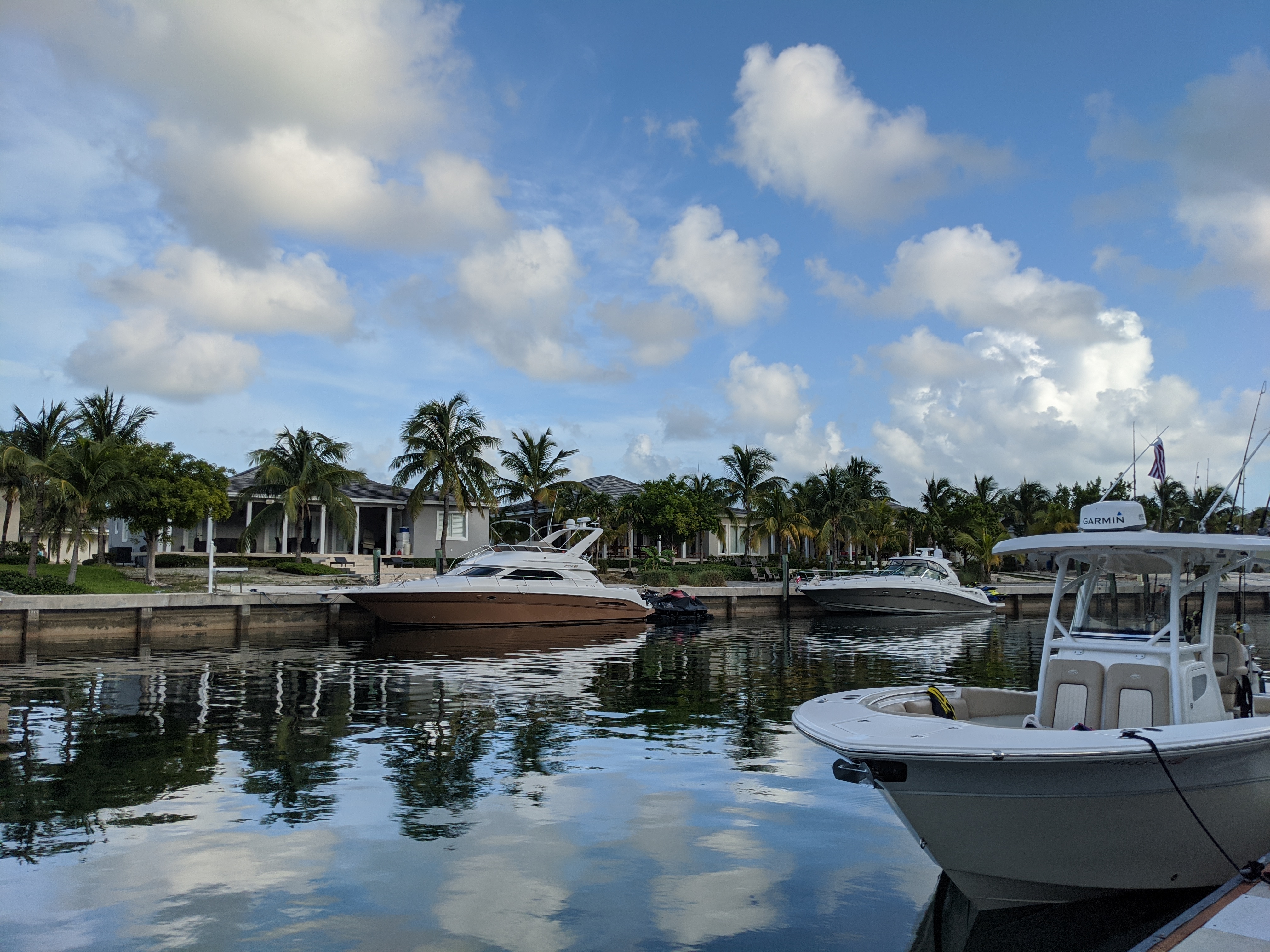
- The best time is December through April (calm water, no hurricanes, warm weather and less humidity). June to November is hurricane season.
- File a float plan with an organization like SeaTow or BoatUS. Be sure to leave a copy with friends and family as well. They can notify the Coast Guard if you deviate from the plan. The United States Coast Guard (USCG) Auxiliary also has a float plan form and an app for such things.
- Carry a first aid kit and other safety supplies. Just call us Captain Obvious. We know you know this, but it never hurts to mention.
- Make sure your boat insurance is up to date and you have all the necessary paperwork.
- Solar panels are an excellent way to capture and store energy in the event of a power outage or lack of accessible power while on the hook or at a boat slip for rent.
- Along the way, spend some time sightseeing, visiting cultural sites, trying new cuisine and snorkeling and diving along the Florida Keys.
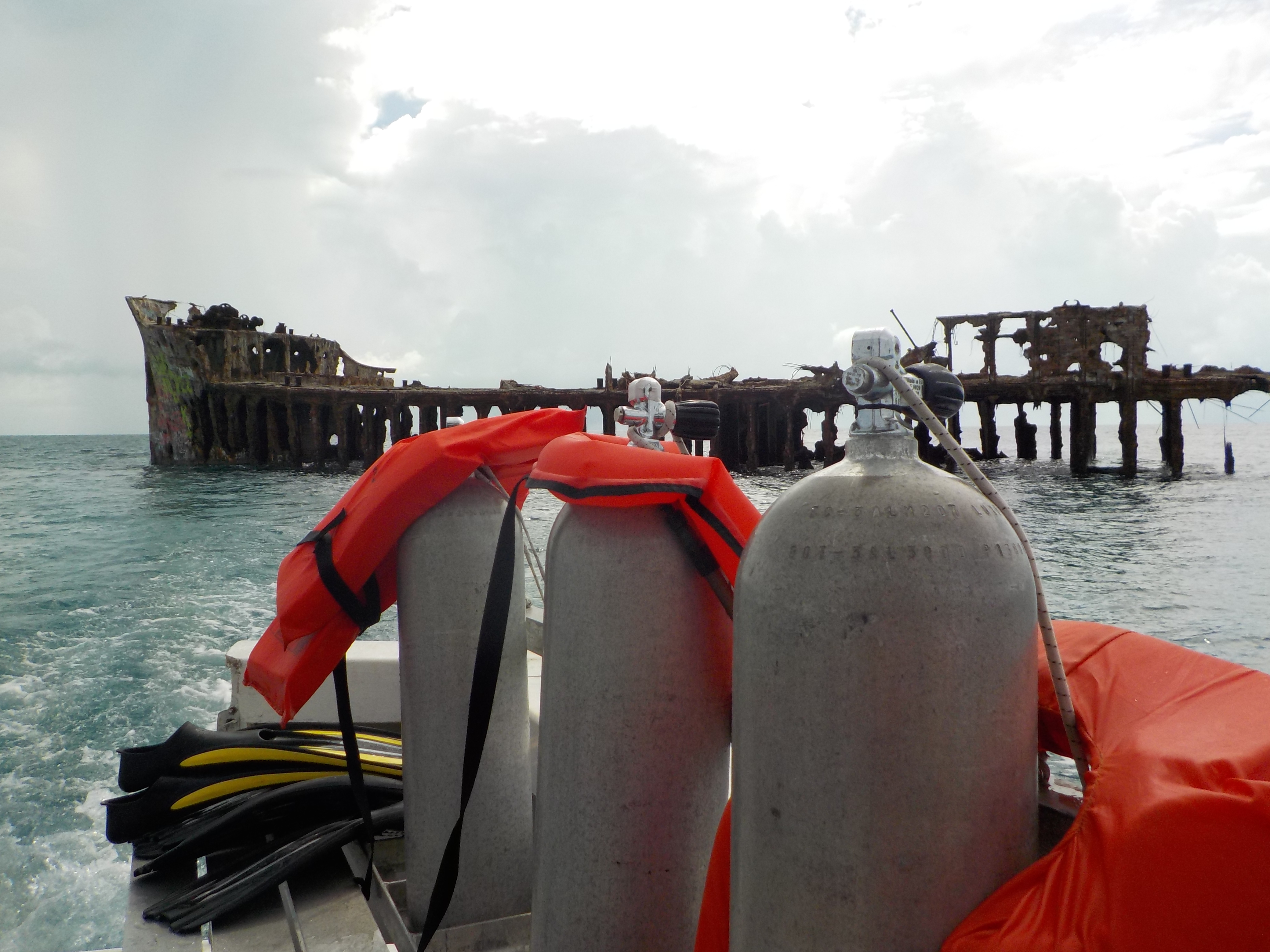
Photo: SS Sapona Shipwreck, Bimini (Sandy Allen)
Whether you’re leaving from a private boat dock rental or from a local marina, we hope you’ve found some helpful tips for planning a Bahamas-Cuba Loop aboard your boat. Happy sailing (or motoring)!
